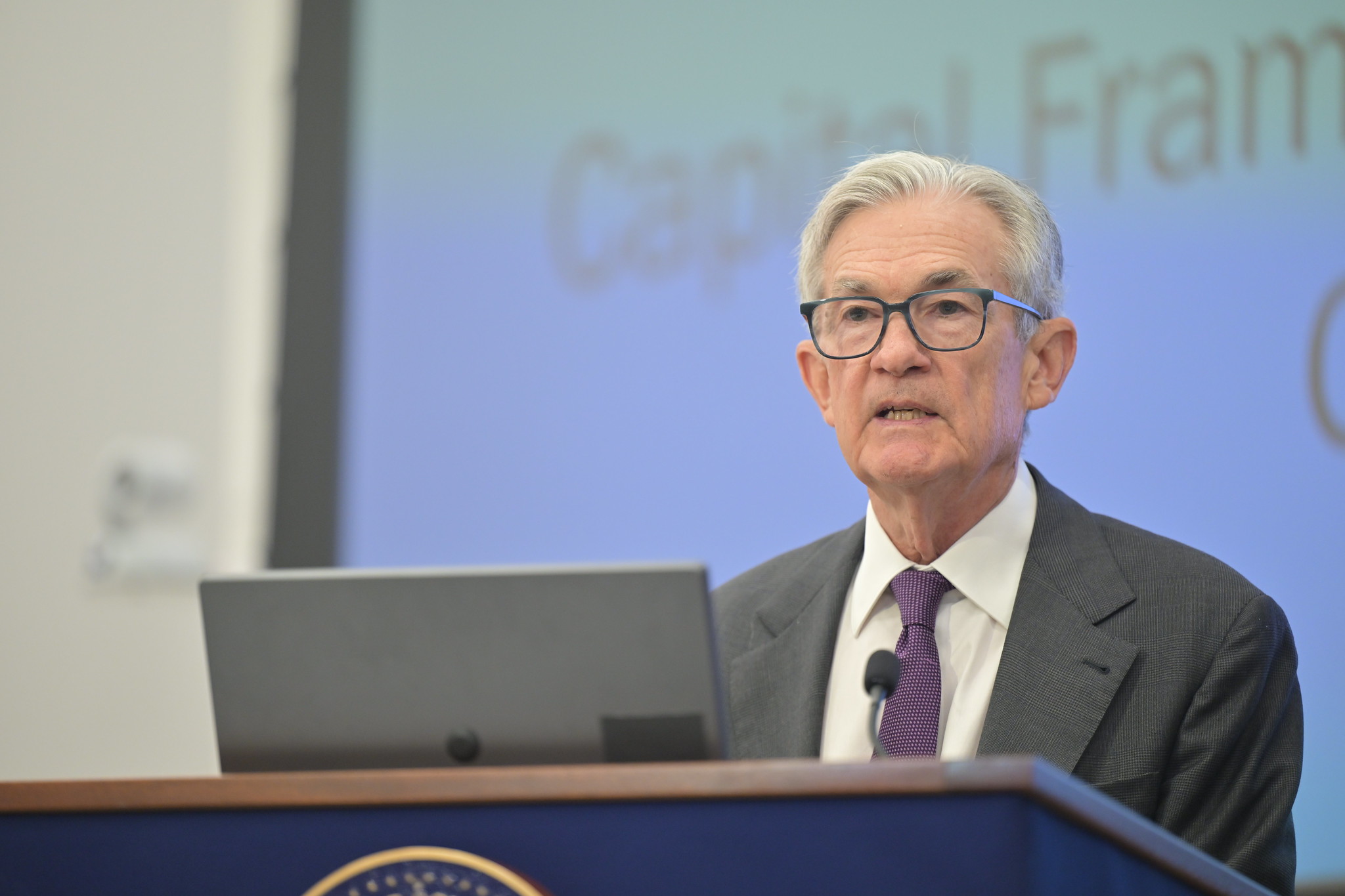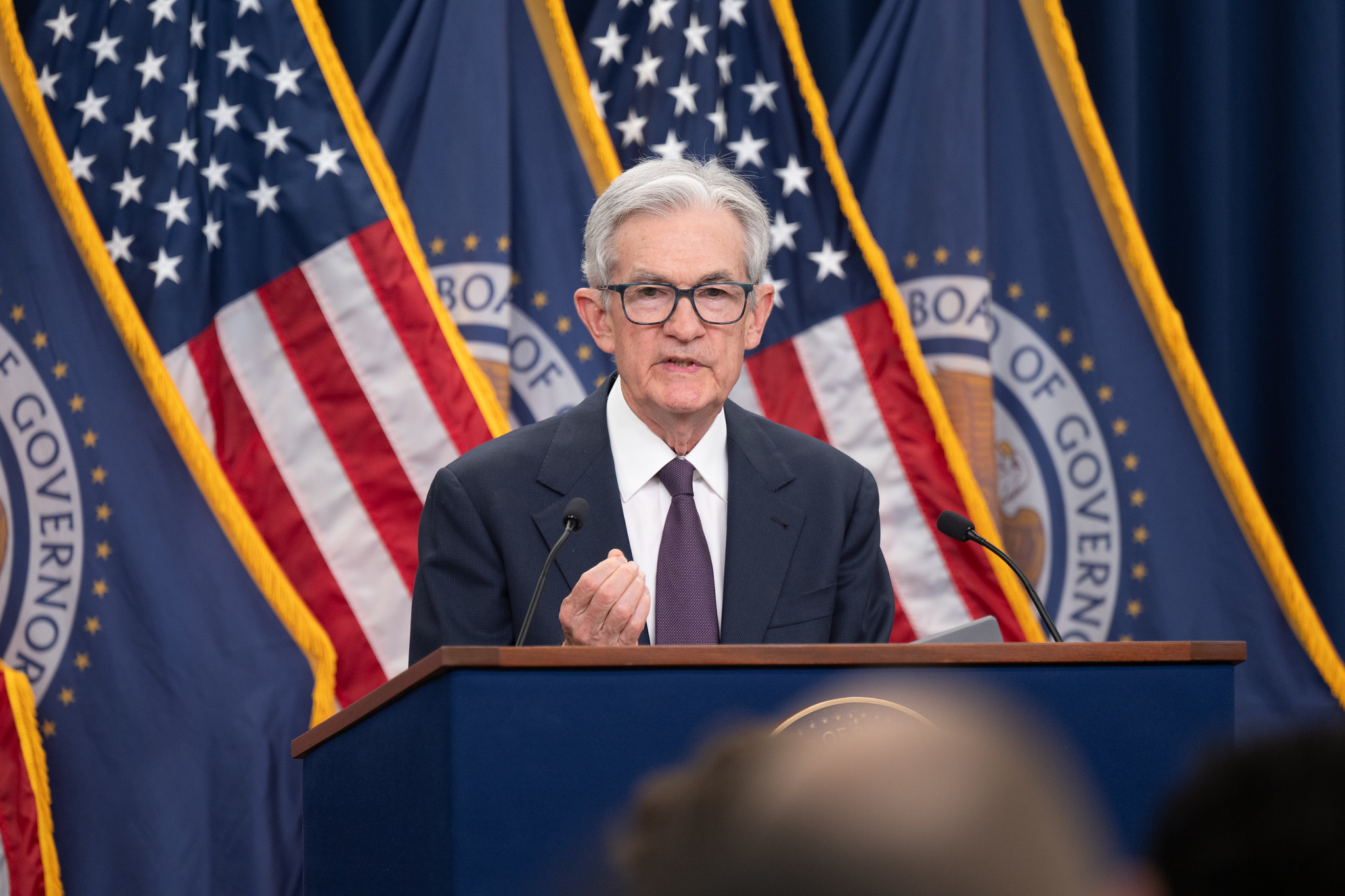Since his arrival at the White House, Donald Trump, President of the United States, has made numerous remarks against Jerome Powell, Chairman of the U.S. Federal Reserve (Fed), as well as the work he is doing. Trump has hinted that he would be willing to remove Powell from his position, while also making indirect suggestions about his desire for lower interest rates. For his part, the Fed Chair remains on the sidelines of such comments and holds firmly to his usual argument: his decisions depend on the data.
In a recent development, Fed Governor Adriana Kugler will leave her post on Friday, August 8, and President Donald Trump is seriously considering naming her successor as the next Fed Chair. “Trump said he will decide on the Fed governor before the end of the week, and that the shortlist for Fed Chair is down to four names: ‘two Kevins and two others’; the odds that White House economic advisor Kevin Hassett becomes the next Fed Chair are rising to 36%, according to Kalshi,” notes Felipe Mendoza, financial markets analyst at ATFX LATAM.
Bloomberg warns that Trump’s advisors may be encouraging the president to appoint a temporary Fed governor to fill the soon-to-be-vacant seat on the central bank’s board. “The departure of Fed Governor Adriana Kugler gives the Republican an early opportunity to appoint a governor more aligned with his preferences. However, market concern about potential passivity from the U.S. central bank—which has been growing since Trump returned to the White House—could worsen depending on whom he selects,” they explain.
According to Tiffany Wilding, economist at PIMCO, and Libby Cantrill, Head of Public Policy at PIMCO, in the short term, while it is likely that Trump will continue criticizing the Fed and advocating for lower rates, it is unlikely that he will try to fire Powell. Instead, they assert, Trump will begin to shape the Fed through upcoming appointments, starting with the expiration of Adriana Kugler’s term in January and Powell’s chairmanship in May — Powell’s term as a Fed governor, distinct from his role as chair, extends until January 2028.
“Whoever Trump selects as the next chair, like any Fed leader, will have to present a credible case for monetary policy decisions, first to gain Senate confirmation and then to secure majority support from the FOMC. As with other U.S. government institutions, the Fed is structured with built-in checks and balances that limit any one individual’s ability to drastically change its policy course,” these two PIMCO experts remind us.
When it comes to candidates or potential successors to Powell, the most frequently mentioned names are: Lael Brainard, Philip Jefferson, Michelle Bowman, and Lisa Cook. “The issue of Powell’s succession crystallizes more than just an institutional debate: it reflects the tension between independent monetary policy and increasing political pressure. In a context where every word spoken by a Fed Chair can influence interest rates and shake markets, the choice of successor will be interpreted as a strong signal of either continuity or change. For investors, the important thing will not be the name, but the direction it takes,” state sources at Mirabaud Wealth Management.
Barriers to Removing Powell
Now then, how realistic is the possibility that Trump could remove Powell? According to Wilding and Cantrill, there are four compelling reasons why Powell will complete his full term. “Despite persistent rumors and occasional threats from the president, we continue to believe that it is highly unlikely that Trump will move to fire Powell before his term ends in May 2026. There are strong legal, political, and practical reasons for this view,” they state.
First, they explain that the most significant barrier to removing Powell is legal: earlier this year, the Supreme Court affirmed the Fed’s special status as a quasi-private institution, whose governors can only be removed “for cause,” a high threshold generally reserved for serious misconduct such as fraud.
“While some Republican lawmakers have attempted to build a case by pointing to cost overruns in Fed building renovations, the Federal Reserve Board has responded quickly with reasonable rebuttals. Powell has also requested an independent review by the Inspector General and has privately indicated that he would challenge any attempt to remove him, likely remaining in his post while the matter is litigated,” note Wilding and Cantrill.
Second, PIMCO experts refer to “political realities.” That is, even if Trump could legally remove Powell, doing so would be politically risky and likely counterproductive. It’s worth remembering that all Fed nominees require Senate confirmation, starting with the Senate Banking Committee. Given the current political landscape, it could be difficult for Trump to gain unanimous support from Republican committee members, especially if the move is perceived as an attack on the Fed’s independence.
Third, as has already been seen, firing Powell could entail significant market risks. “Past speculation about his possible removal has led to higher long-term interest rates and declines in stock markets—outcomes contrary to the administration’s goals. Prominent economists and former Fed officials have warned that such a move could undermine confidence in the central bank, raise inflation expectations, and call into question the unique global standing of U.S. capital markets. The likely consequences: steeper yield curves, higher rates, and a weaker dollar,” both argue.
Finally, PIMCO experts point out that there are a series of institutional checks. They note, “The Fed Chair holds just one of 12 votes on the FOMC, which sets monetary policy. Even if Trump were to install a politically partisan chair, it is far from certain that the rest of the committee would support a dramatic policy shift. It is worth noting that of the current seven members of the Federal Reserve Board of Governors, all of whom vote on the FOMC, only two were nominated during Trump’s first term, while the others were nominated by President Joe Biden.”




